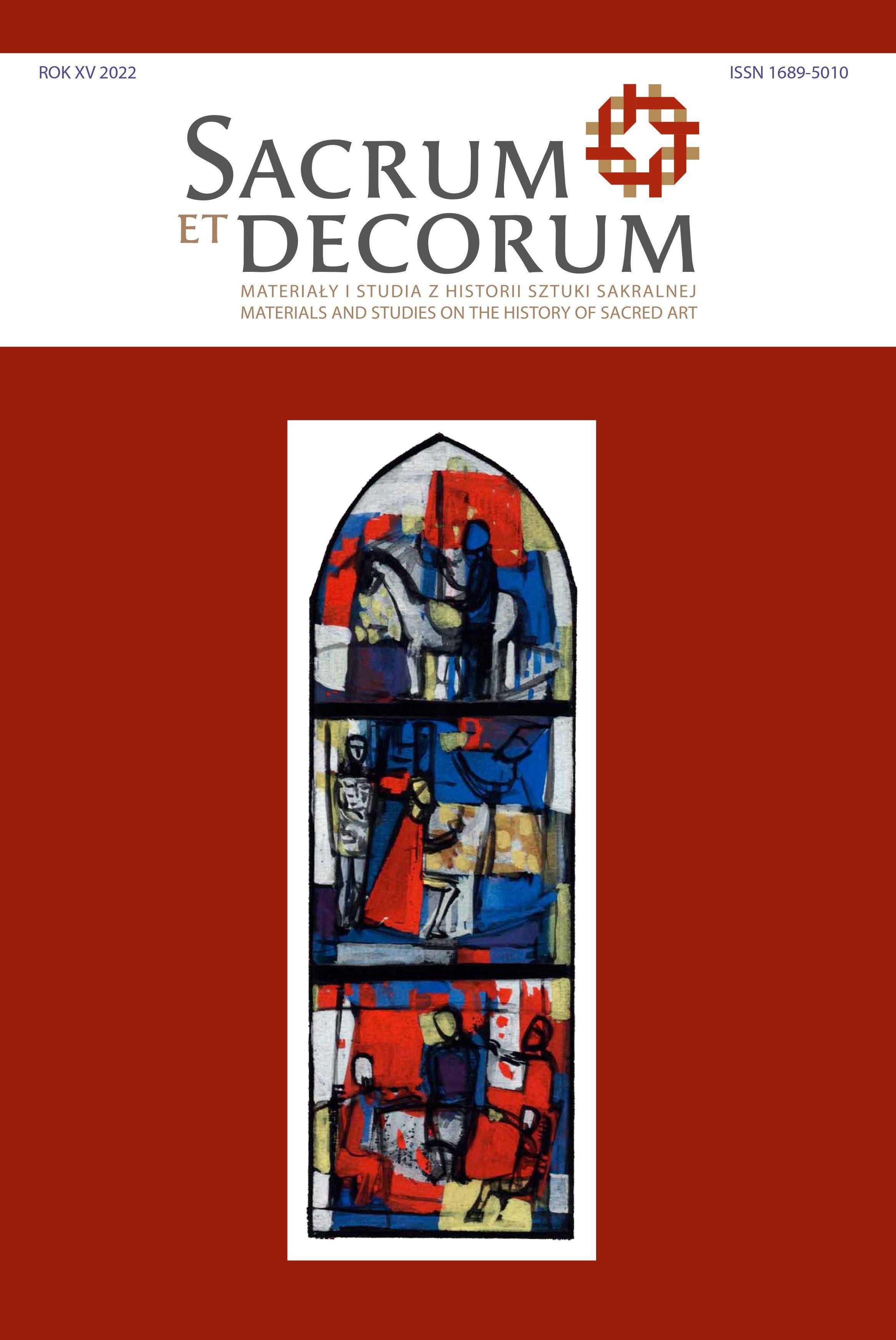„Wewnętrzne światło”. Witraż we współczesnej sztuce sakralnej Francji – zarys problematyki
“Inner light”. Stained glass in contemporary French sacred art – an overview
Author(s): Agnieszka Kluczewska-WójcikContributor(s): Monika Mazurek (Translator), Agnieszka Iwaszek (Editor)
Subject(s): Fine Arts / Performing Arts, Cultural history, Architecture
Published by: Wydawnictwo Uniwersytetu Rzeszowskiego
Keywords: stained glass; 20th- and 21st-century French art; art sacré; vitraux d’artistes; maître verrier;
Summary/Abstract: In the 1920s, a movement of revival of sacred art began in France, which also included stained glass. Its revival was associated with a departure from the illusionistic character of stained glass of the 19th century and a reference to monumentalism and the spiritual tradition of the Middle Ages. The search for a new concept of stained glass, both in its ideological and technological aspects, resulted in the creation of “artists’ stained glass” (vitraux d'artistes), realised from the middle of the 20th century on official commissions, thanks to the cooperation of ecclesiastical institutions and state authorities, which acquired a firm legal and financial basis in the 1980s.The stages of this evolution were marked by stained glass ensembles designed by the masters of the post-war avant-garde: G. Rouault and J. Bazaine in Notre Dame de Toute Grâce on the plateau Assy (1937–1946); H. Matisse for Notre Dame du Rosaire in Vence (1940); A. Manessier in Saint Michel in Les Bréseux with the first abstract stained-glass windows (1948); F. Léger, J. Bazaine and J. Le Moal in the interior of Sacré-Coeur in Audincourt, (1949–1951); Le Corbusier in Notre Dame in Ronchamp (1951–1955) and the modern stained glass of J. Villon, R. Bissière and M. Chagall, which was introduced for the first time to a world-class monument of architecture, the Cathedral of Saint-Etienne w Metzu (1955). The restoration of the Cathedral of Saint-Cyr et Sainte-Julitte in Nevers provided an opportunity for representatives of the younger generation: R. Ubac, C. Viallat, J.M. Alberola, G. Honegger and F. Rouan (1973-2011), to showcase their vision of stained glass painting. With the exception of Alberola, all were associated with the non-figurative trends that had been developing since the 1950s. The same trend referring to the Cistercian tradition included the outstanding realisations of J.P. Raynaud in Noirlac (1975-1977), P. Soulages in Conques (1986), J. Ricardon in Acey (1991-1994) and A. Nemours, a representative of the Art Concret movement, at Salagon (1998).The return to figuration found a continuation in the projects of G. Garouste for Notre Dame de Talant (1996-1997), C. Benzaken for Saint-Sulpice in Varennes-Jarcy (1991-2007), M. Raysse, associated with the Nouveau Réalisme movement, for Notre-Dame de l'Arche d'Alliance in Paris (1986-1998) and G. Collin-Thiébaut for Saint Gatien in Tours (2010-2013).The creators of vitraux d’artistes accepted the prescribed programmatic framework without giving up their freedom of choice in means of expression and aesthetic conventions. Thanks to the research and creativity of the artists - the introduction of innovative technological processes or a new interpretation of traditional materials and craft methods - but also the courage of the ecclesiastical and, above all, state commissioners, French stained glass has fully integrated itself into the evolution of contemporary visual expression.
Journal: Sacrum et Decorum. Materiały i studia z historii sztuki sakralnej
- Issue Year: 2022
- Issue No: 15
- Page Range: 110-140
- Page Count: 110
- Language: English, Polish

